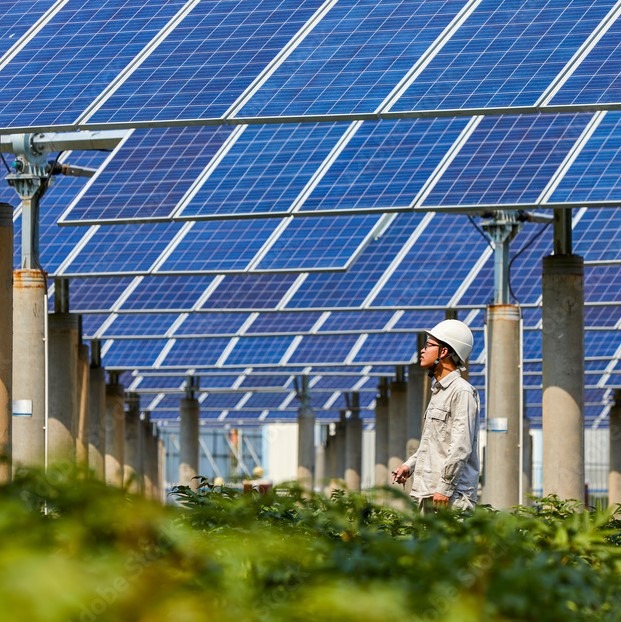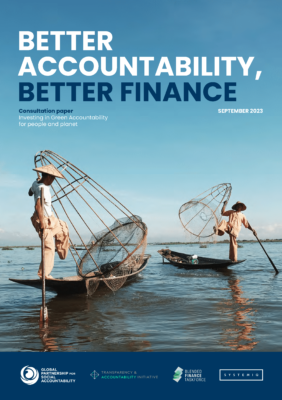Better accountability and transparency could save more than $100bn a year across public climate finance flows and avoid 3 gigatonnes of GHG emissions, says the “Better Accountability, Better Finance” consultation paper.
The paper provides a blueprint for a new system which embeds transparency and accurate data-driven monitoring. This, in turn, can reduce the perception of risk in funding climate-positive projects, and bring down the cost of capital to unlock additional investment.
Authored by Systemiq’s Blended Finance Taskforce, with the support of the Global Partnership for Social Accountability (GPSA) and the Transparency and Accountability Initiative (TAI), the paper is proposing new “Green Accountability” practices. These, they claim, will give domestic institutions, local communities and civil society groups a central role in climate finance disbursement. This in turn will improve transparency, ensuring funding responds to needs on the ground and building trust at all levels of international climate finance.
What needs fixing in climate finance?
Emerging markets and developing economies need $2.4 trillion a year to deal with the effects of climate change . However, current mechanisms provide just 20% of this – and only a quarter of those committed funds actually reach projects on the ground. A significant proportion of funds are untraceable, leaving room for greenwashing and capture, creating high levels of distrust in the climate finance system.

"Allocating just 5-10% of funds to integrate Green Accountability principles would rapidly improve the efficiency of climate finance, avoid waste, and lead to more equitable outcomes for people and planet."
Katherine Stodulka
Chair, Blended Finance Taskforce
Implementing the recommendations would mobilise more international capital, channeling it towards the emerging markets and developing economies: these are countries which have some of the best climate-aligned investment opportunities.
“We’re living through the hottest year on record and staring at irreversible climate tipping points”, said Katherine Stodulka, Director of the Blended Finance Taskforce and Partner at Systemiq. “Allocating just 5-10% of funds to integrate Green Accountability principles would rapidly improve the efficiency of climate finance, avoid waste, and lead to more equitable outcomes for people and planet.
“Our consultation paper draws on clear evidence that integrating local decision-makers and using open and transparent monitoring data improves the quality and outcomes of climate projects. This will build the trust that is vital to unlocking the trillions of dollars needed to adapt to the impacts which are already upon us.”
What does green accountability look like?
It’s not just about more capital, but more equitable and effective capital: green accountability means reaching more critical sectors, geographies and beneficiaries, and significantly improve the outcomes of capital deployed.
Green Accountability is an approach to achieving transparent, inclusive and representative decision-making across the lifecycle of climate finance commitments. It relies on transparent, participatory and just processes, low barriers to access, clear governance structures and delivery systems that are responsive to the needs of people. Green Accountability supports those who are most affected by the climate crisis to be the agents of design, deployment and evaluation of outcomes. It stimulates fit-for-purpose climate finance and lowers real or perceived risks of corruption and ineffectiveness







